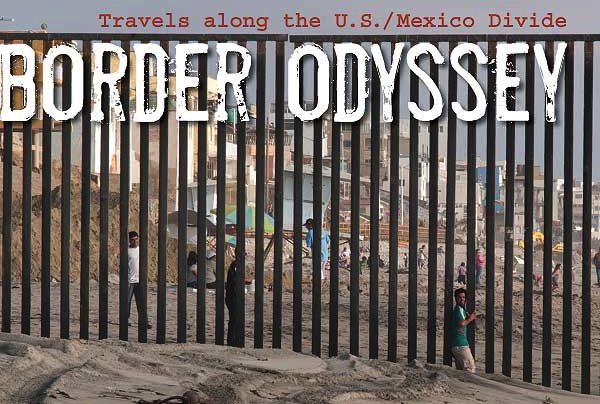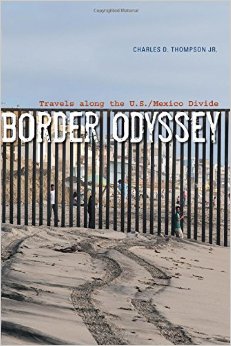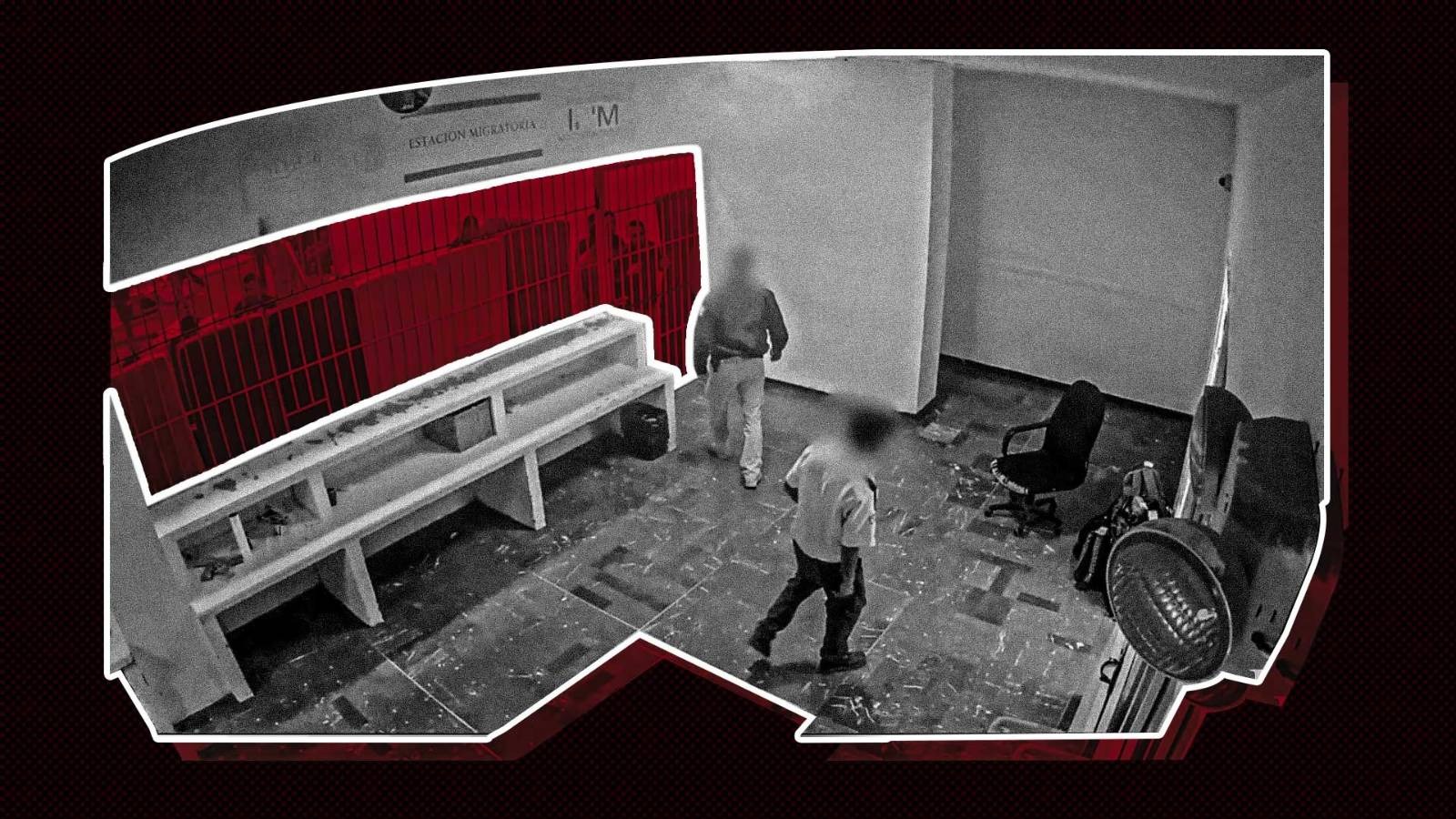
The Observer Review: Border Odyssey, by Charles D. Thompson Jr.

By Charles D. Thompson Jr.
University of Texas Press
308 page; $27.50
The word “odyssey” might call to mind a long expedition into the vastness of an unknown land, rather than a journey along a modern-day border dividing two distinct countries. But at almost 2,000 miles from beginning to end, a trip along the east-west trajectory of the fearsome and much-maligned U.S.-Mexico border, from Boca Chica to Tijuana, can only be described as an odyssey, epic in scope, the stuff of mythology, of life and death.
Hence the title of Charles D. Thompson’s chronicle of his journey along the entire length of that border, relying on what he aptly terms “the useful fiction of a map” to chart straight shots and circuitous, labyrinthine jags to places steeped in five centuries of abutting cultural histories, governments, wars, laws and stories—always stories. Border Odyssey offers a varied catalog of stories about nearly every imaginable border concern, from the braceros of Ciudad Juarez to the ghostly remains of abandoned Nuevo Laredo bars, from the spare Santa Muerte altar in Sonora to the graves of unknown farmworkers.
Each chapter is dedicated to a different place and a different vignette, most of which portray the challenges people face on both sides of the border. Some run a couple of pages, while others are much longer, weaving a historical framework and offering personal and emotionally wrought narratives. Accompanying these accounts are Thompson’s own vivid photographs; Thompson is also a documentary filmmaker, and while his words certainly paint pictures and advance the movie in our minds, the photos are no less important or welcome.
One particularly strong anecdote, and its stunning attendant photo, focuses on the hand-drawn ferry at Los Ebanos. The anomalous throwback is simple in design and employs the brute force of half a dozen men to make the trip from the U.S. side to Gustavo Díaz Ordaz, Tamaulipas. Thompson writes that being here is like “being in another country, in another era. It easily could have been 1950 on a river somewhere in rural Mexico where farmers needed to get their carts across to do their work.”
Ever present in Border Odyssey is Hope, Thompson’s wife, an allegorical constant on this journey, and a practical one—at one point, Hope insists that her husband take the interstate, rather than a perhaps more exciting back road, so that they can keep their lunch date with Eagle Pass Mayor Chad Foster. Thompson doesn’t listen and blows a tire on the back road, illustrating the border’s unpredictable infrastructure and the high risk/reward of going off the beaten path.
In presenting the struggles and strife of this place and its people with honesty and hope, Thompson shows the possibility and potential of such a beautiful dream.
Foster passed away in 2012, but his staunch opposition to the federal border wall made him much beloved by many on both sides. “Chad Foster couldn’t have been cast better for his part if this had been a Hollywood movie about the border,” Thompson writes. “Mustachioed and with a big white hat he referred to as his ‘Texas toupee,’ this tall gregarious man in his late sixties greeted us with hospitality that wouldn’t stop.” By the end of their meeting, and unbeknownst to Thompson and his wife, the mayor has had their flat tire repaired. Thompson’s title for this chapter, “Border Ambassador,” couldn’t be more fitting in describing a man many said would have had their vote in a presidential run.
Thompson shines a light on several other endearing characters who possess a quieter, more anonymous presence than Foster, but who share Foster and Thompson’s passion for the border and their respect for the ethos and the pathos of this singular part of the world.
But does Border Odyssey bring us any closer to dissolving entrenched divisions and ingrained attitudes about the border? In presenting the struggles and strife of this place and its people with honesty and hope, Thompson shows the possibility and potential of such a beautiful dream.


